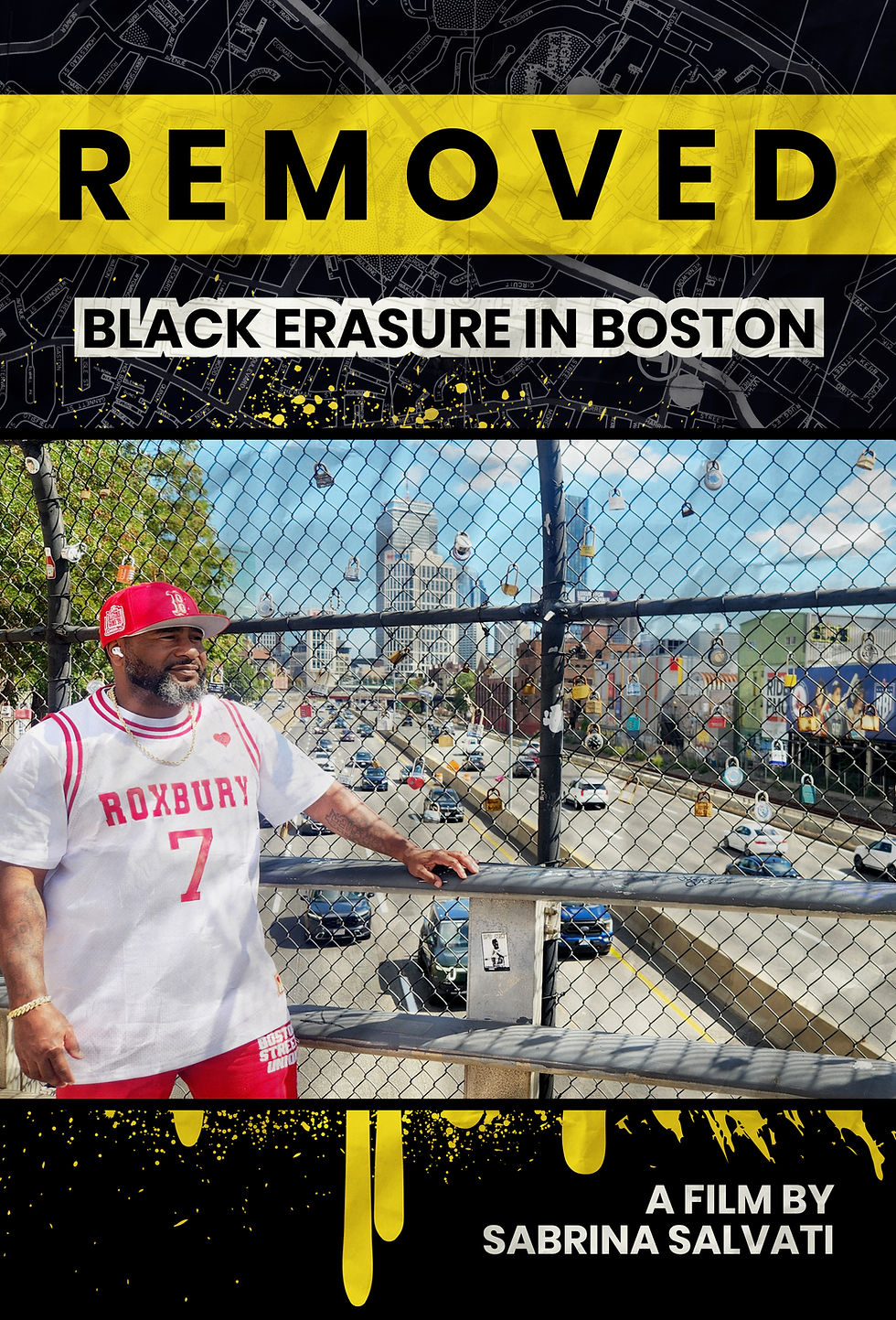The Asian American Foundation Campaign Celebrates Pride and Combats Racism
- Anna Hu
- Aug 8
- 3 min read
When Jingyu Lin was growing up in the suburbs of Chicago, being an Asian American artist felt like a taboo dream. When she decided to pursue photography full time at age 26, her Shanghainese parents struggled to understand how her career choice could be legitimate. Four years later, her portraits for The Asian American Foundation’s (TAAF) new public awareness campaign, “Asian + American,” are plastered across billboards in New York’s Times Square, San Francisco, and Los Angeles.
The non-profit TAAF was founded in response to heightening levels of anti-Asian violence in 2021, and annually releases The STAATUS Index (Social Tracking of Asian Americans in the United States) to assess how Asian Americans, Native Hawaiians, and Pacific Islanders are perceived in the United States, and the groups’ lived experiences. This year’s report highlighted that less than a quarter of surveyed Asian Americans feel fully accepted in their racial identity, and over one-third experienced race-based harassment.
Built with the creative agency Wieden+Kennedy New York, TAAF’s campaign invites viewers to recognize the complexity and diversity of the Asian American and Pacific Islander identity, and that Asianness and Americanness coexist. One portrait features three young women draped in firecracker-red graduation gowns and smiling together, each with a different texture of shiny black hair. In the center, a brown-skinned woman sports henna, a glittering band of bangles, and classic high-top sneakers, her gown unzipped to show the cultural outfit underneath. Shooting for the Asian + American campaign was one of the most exciting projects of her career, Lin said.
“I just felt so intimately connected with the driving force behind the project, which is to celebrate exactly what I am, Asian American,” said Lin.
In addition to photos, the campaign is centered around “Beyond, Together,” a short video directed by Sean Wang (who directed the film “DìDi”), and narrated by veteran actress Sandra Oh. The 60-second film revolves around Asian Americans taking pride in their layered identities as students, skateboarders, drifters, and horseback riders.
“We’re not caught between two worlds,” Oh narrates at its close. “We’re creating a new one.” As the screen fades to black, a vertical brushstroke turns the hyphen in Asian-American into a plus sign.
“It’s not a zero-sum game,” said Norman Chen, CEO of The Asian American Foundation. Chen said he has also wrestled with feeling like he needed to choose between being more Chinese or more American. “The campaign celebrates the breadth of the community, and shows that we can be both.”
Moving from awareness into action, another crucial element of the campaign is TAAF’s partnership with Right to Be, a non-profit offering bystander intervention trainings so that when people see someone experiencing hate, they know how to step in. TAAF and Right to Be are delivering the Train-the-Trainer program to TAAF’s grantees, tailored to focus on stopping anti-AAPI hate and xenophobia. The multi-day workshops will train local group leaders, who will then go back and teach these skills to their community. In the first year, they hope to reach ten thousand people through TAAF’s networks. While this version focuses on Asian American experiences, Chen noted that knowing the 5 Ds (Distract, Delegate, Document, Delay, and Direct) of bystander intervention will give people tools to take action across cultural communities.
Jorge Arteaga, vice president of Movement Building at Right to Be, emphasized local engagement. The trainings will vary based on the experiences of the people living in a specific region, and the goal is to see a cultural shift in attitudes toward harassment and hate. As someone of Puerto Rican and Cuban descent, he also felt emotional after seeing the final campaign roll-out.
“We can embrace all parts of our identity and we don’t have to code switch or silo who we are,” he said. “Watching what’s happening broadly to the immigrant community right now, to be able to see that statement —it’s bold, but it’s beautiful bold,” said Arteaga.
For Lin, one moment in the photo shooting process exemplified the intentionality of how the campaign was put together. Walking away from set to grab something to eat, she looked back and noticed a rarity in her photography career — everyone in the room was Asian. In her words, that simply does not happen on sets of a larger project. “It was just a really surreal moment for me where I was like, everyone here really gets me,” she said. “That camaraderie, it’s so rare and it’s so special.”
Image at top is from the TAAF campaign and by Jingyu Lin.









Comments